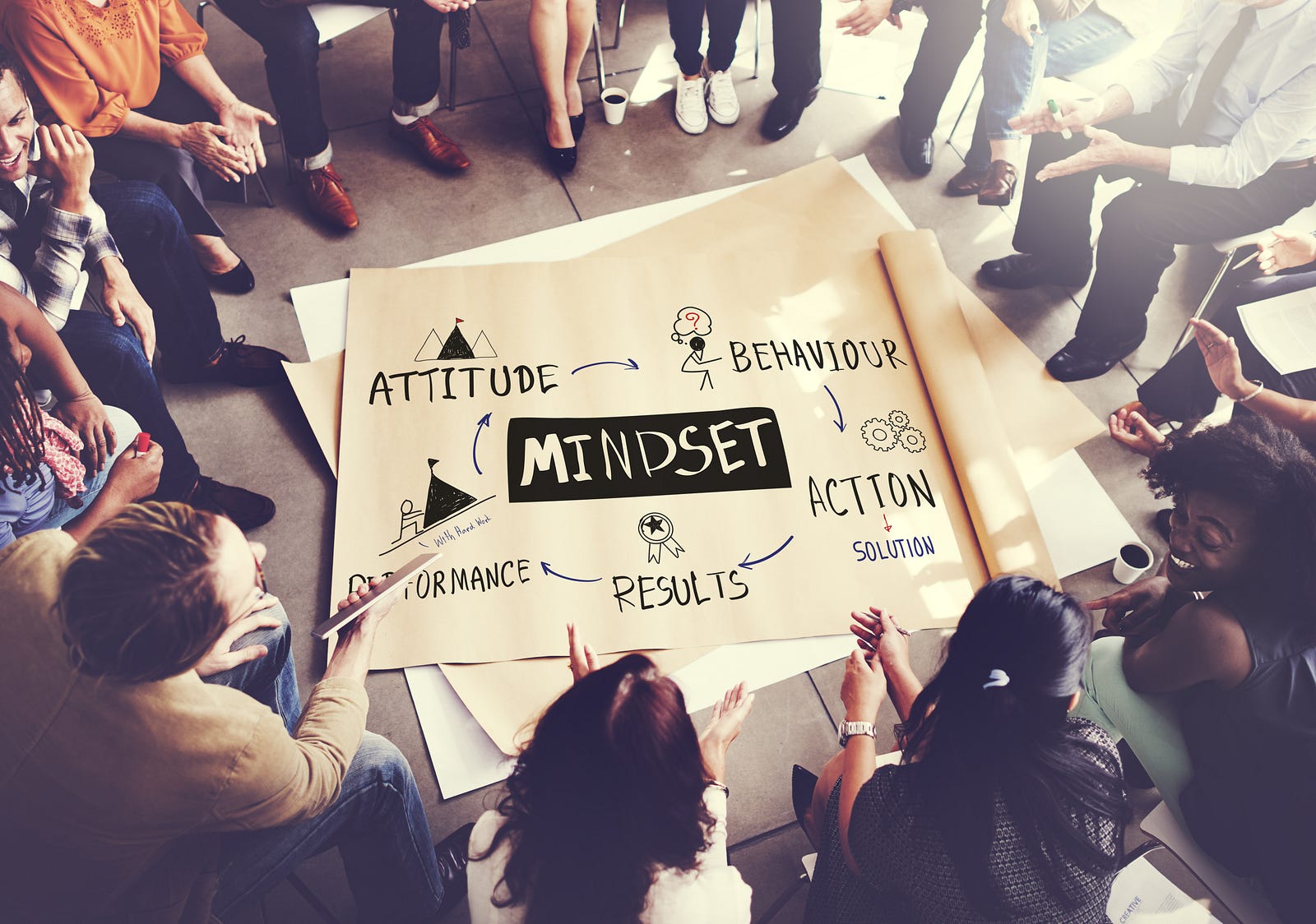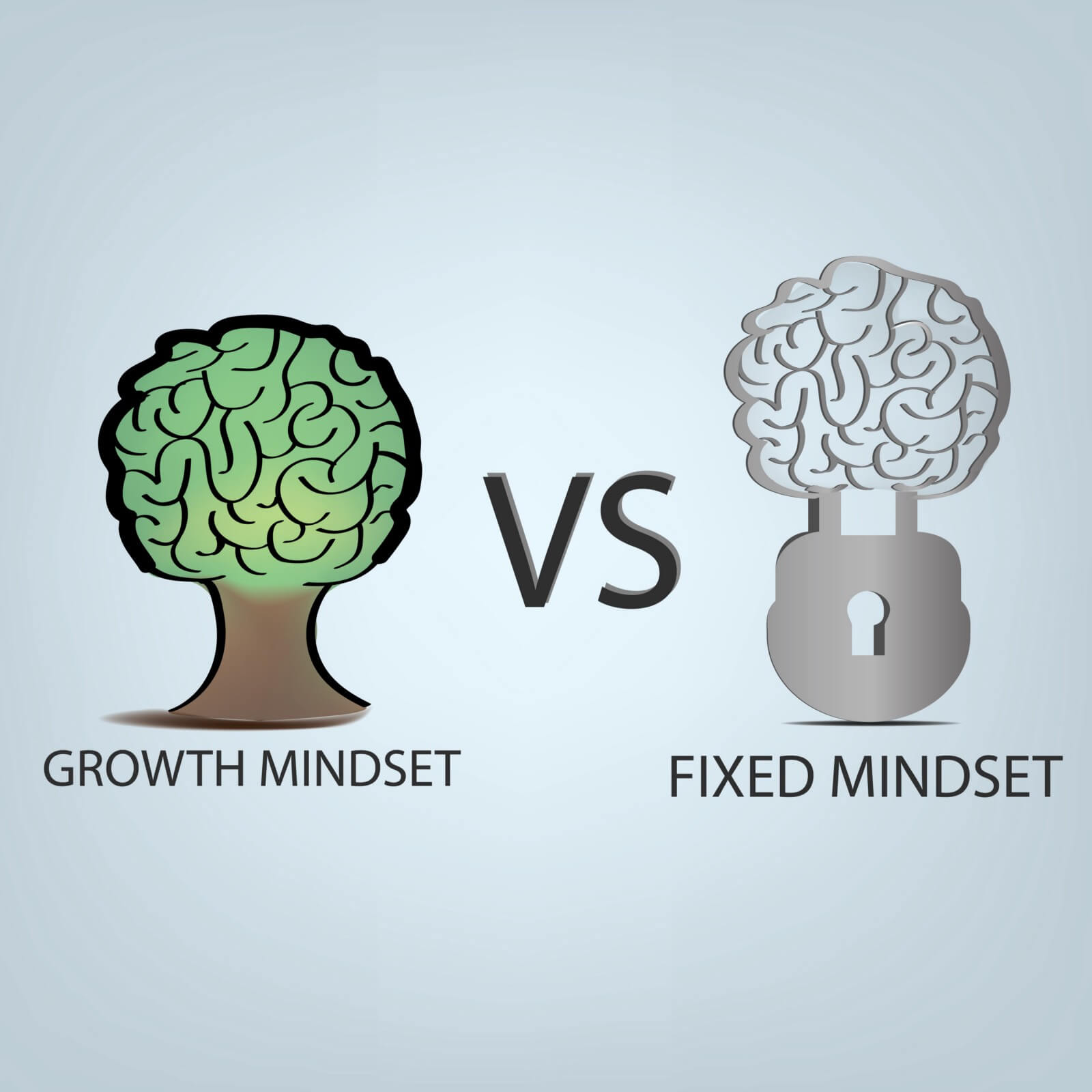Using a “growth mindset” to understand the point of view of someone with a disability may help you identify issues before there are complaints.
There are two types of mindsets according to Dr. Carol Dweck. The first is a fixed mindset, and the second is a growth mindset
In a fixed mindset students believe their basic abilities, their intelligence, their talents, are just fixed traits.
In a growth mindset students understand that their talents and abilities can be developed through effort, good teaching and persistence. [T]hey believe everyone can get smarter if they work at it.
Dr. Carol Dweck, 2012 Interview
Developing accessibility skills requires a growth mindset. If you have a disability, you still need to be able to expand your knowledge and be dilligent and persistent about learning about other’s disabilities. Even other’s approaches to disabilities that are similar to the one you might have can be enlightening.
In the corporate world, disability-related issues are frequently an afterthought to all design and development processes. For physical access, accessibility is mostly viewed from the perspective that it is an inspection you have to pass to get an occupancy certificate. The inspectors frequently focus on unimportant things like the mirror being 1/2 inch off and miss important things that they should be paying attention to.
Physical inaccessibility may not be noticed until a company hires one or more people who use mobility aids. It isn’t until complaints are lodged resulting from these bad experiences by people with disabilities that a company is forced to pay attention. The individual with a disability may be completely blocked or hindered from doing something that everyone else can do, and it can take months to get these barriers removed. This all results because there is an insufficient understanding of the issues impacting people who don’t have physical limitations.
On the digital side of the world, software inaccessibility may not be noticed until someone using assistive technology tries to use the software. It is frequently not until the mouse is taken away from the testing engineers, that some people experience the delight of what I like to call the “oh crap” moment when they realize it takes 57 keyboard presses to get to the home page footer. That page might be visually stunning, but will be completely unusable for people who can’t use a mouse or touch screen.
At least once a week I run into a barrier where being in a wheelchair prevents me from doing something that everyone else takes for granted. This can range from a planter blocking access to a door opening switch all the way not being able to get through a grocery aisle because some marketing genius though it would be a great idea to put the on-sale cake mixes in the middle of the aisle where shoppers “can’t miss them.”
When my cousin was in college studying therapy in Canada, she told me a story about getting dropped of in downtown Kitchner (a nearby town) on Wednesday in a wheelchair and having to negotiate her way back to Waterloo. Why Kitchner? Because it was a town full of Mennonites who frequently used horse drawn buggies in town. Also the student had to take public transportation in a wheelchair to get back to campus which can be a difficult experience to negotiate. Why Wednesday? Because that was market day, and the student in the wheelchair had to negotiate around way more horse poop than average. This exercise was to build an understanding and empathy for the patients with disabilities that they would be treating. She said it gave her a whole new perspective on what I dealt with on a daily basis.
This is what I call a “roll through” — effectively a “walk through” except using a wheelchair. The digital equivalent of a roll through would be using a screen reader with a screen curtain to navigate a website or mobile app.
In my example above, a “roll through” by a store manager would have discovered the cake mixes blocking the aisle. Roll throughs are essential to experiencing your physical site from the perspective of someone who is interacting with that site from a wheelchair. Count how many times you have to ask for help or have to go further to do something because the closest trash can was not on concrete, for example or the elevator isn’t near the accessible entrance. These negative experiences are effectively are the equivalent of microaggressions to people in other minority groups.
Another approach is to hire someone with a disability to secret shop your store. That way you are reviewing not only the physical access infrastructure, but how responsive the staff is to assisting when asked, and how long it takes the person with a disability to find assistance.
This is the life of someone who is a wheelchair user, and I guarantee you if you are open to this approach, it will give you a very perspective on things.
My disability is not being in a wheelchair or being diabetic. Those things have been part of my life for so long that when I dream, my dreams include wheelchairs and insulin pumps.
My disability is barriers that other people put up without thinking about what people who aren’t like them might need

When you extend your mindset to include the experiences of others, that is the first step to an accessible AND usable design.
- Attitude: Not everyone’s experiences are the same. You need to be able to think from the perspective of someone else, and understand things that might be fine to you might be complete barriers to them. The experience of “rolling through” rather than “walking through” might help you with this paradigm shift.
- Behavior: Think about how other’s experiences could differ from those working on a project. Don’t limit yourself to disabilities. This could also include things like education, language, age, etc. Frequently this is done as a brainstorming session where one team member’s expressed thoughts can trigger thoughts from others.
- Action: Analyze each of the differences documented in the “behavior” section in the context of the item being designed.
- Solution: Did the item being designed address the differences documented in the “behavior” section? If not, think about how the design could be improved. Progress over perfection is the model here, but remember, the people with disabilities have been dealing with barriers for a long time. Quick barrier removal or acceptable workarounds until the barriers can be permanently resolved should always be the order of the day. One important thing to keep in mind is what is considered “acceptable” is in the eye of the person experiencing the barrier. “Oh you can ask so and so for help” is typically NOT an acceptable workaround from the perspective of a person with a disability, and can subject you to an expensive lawsuit and tons of bad press.
- Results: If you dealt with some (or all) of the unaddressed barriers, make sure everyone knows about it. Take advantage of every internal communication tool at your disposal. This will reiterate (subconsciously) that this is an important issue that requires continuous surveillance.
- Performance: People should be rewarded for demonstrating a commitment to barrier removal and accessibility. Include it in job descriptions so to set appropriate expectations from the beginning. Factor “accessibility performance” in (either positively or negatively) to job reviews, bonuses, and promotions.
One final note . . .
FFS, don’t expect people with disabilities to be grateful if a barrier has been removed. In general, I have found that people with serious disabilities have a whole different relationship with gratitude than people without disabilities (and that will be a subject I explore fully in a future article). Here are the reasons why.
- The barrier shouldn’t have been there in the first place. The ADA has been around for almost 30 years, and the Target case is 13 years old at this point. That’s plenty of time to have gotten it right.
- Did you change the processes to make sure the barrier doesn’t reappear? If not, make sure you do that.
If you did do both of these things, congratulations. You did what should have been done in the first place. Even if the barrier wasn’t your fault, that doesn’t diminish the experience or impact of the barrier to the person with a disability. Don’t treat the situation like you did that individual a favor or that they owe you.

0 comments on “Stop doing “Walk Throughs” and Start doing “Roll Throughs””